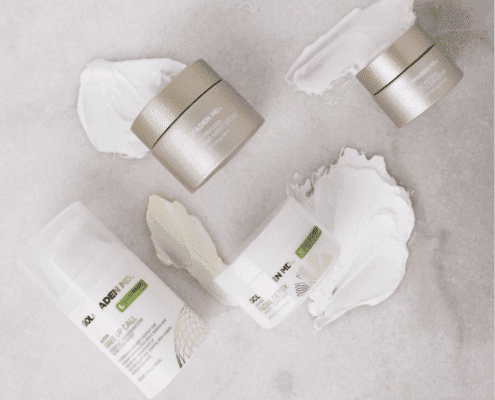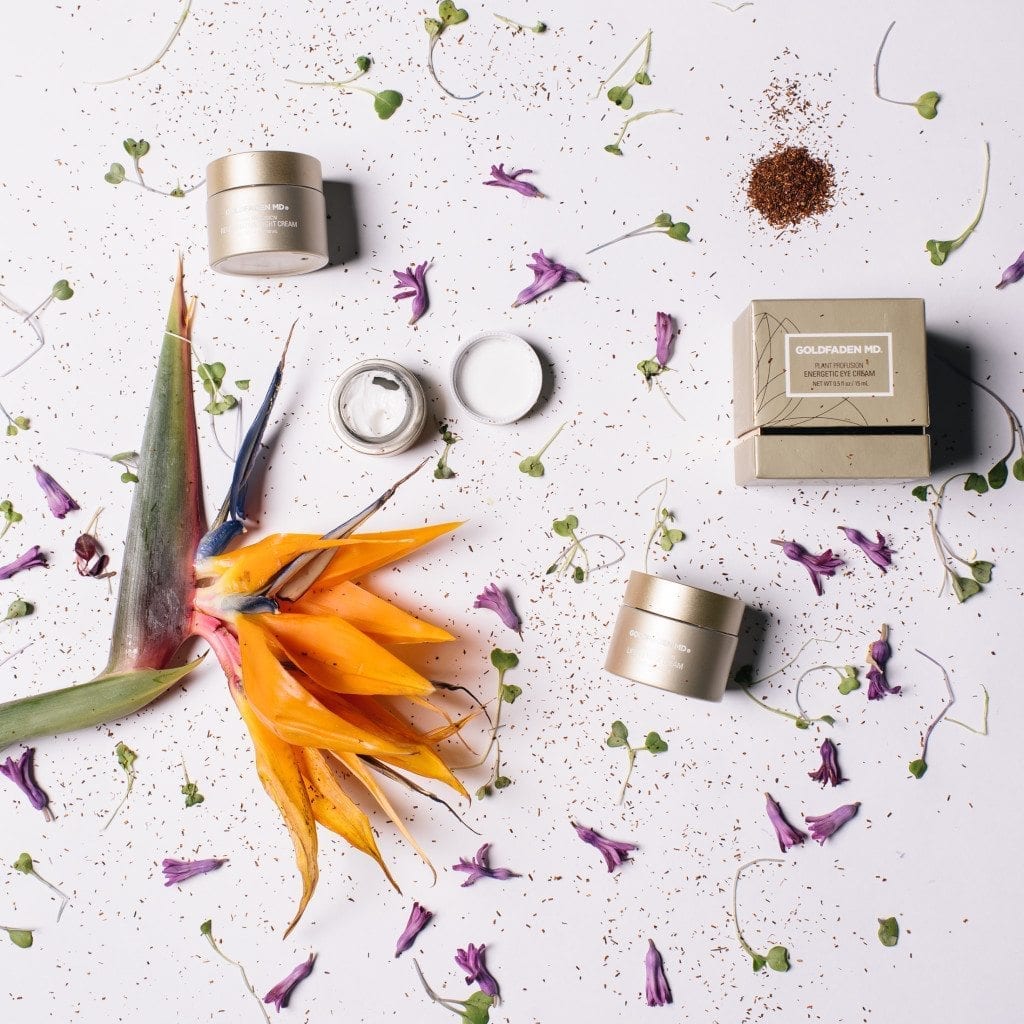Pollution is a daily reality for most of us. Whether from external or internal sources, we must protect ourselves. A 360 degree approach to overall health includes pollution protectio9n and repair.

Pollution + your skin + and aging
Pollution releases microscopic particles or free radicals that can go deep into the skin and cause damage to otherwise healthy cells. The outcome is loss of elasticity (wrinkles and sagging) and Hyperpigmentation (dark spots). Pollution can cause uneven skin tone, dehydration, dryness, dark spots, expedited aging, wrinkles, sagging and a deterioration of collagen
Protect + Shield with Lifestyle choices
First and foremost always wear an SPF! Look for anti-oxidant ingredients as they fight free radicals. A few of the most studied and effective anti-oxidants are Red Tea, Ferulic Acid, Vitamin C, Vitamin E, Japonica flowers, Water Cress Sprouts, Retinol and Resveratrol. We have a serum launching very soon that incorporates Ferulic Acid, Vitamin C, Vitamin E and Vitamin B- specifically for polluted skin protection! Lucky for us Dr.G recently introduced Brightening Elixir– an anti-pollution serum that contains Ferulic Acid, Vitamin C, Vitamin B and Vitamin E!
The Sun is the number one environmental damage for skin. Both UVA/UVB rays are harmful. Protect yourself by wearing a hat and sunglasses. Shielding your skin, head and eyes can help with sun damage and pollution-based aging. Always wash you face to remove the residue and makeup from the day. Remember all the pollution from car exhaust, factories and the weak ozone layer sits on the skin!
Eating healthy can also reduce pollution effects on the skin and the body. Eat a diet high in anti-oxidant rich foods such as leafy greens and berries and foods high in essential fatty acids (salmon and almonds). Stay away form foods that can encourage and cause Glycation. The Glycation process, which is basically, sugars (from food and alcohol) breaking down the collagen fibers in the skin and therefore speeding up the aging process. Foods that feed Glycation and cause inflammation in the body and the skin are carbohydrates, fried foods, sugar, fatty meats and alcohol.
Repair the damage
The best way to repair environmentally damaged skin is to introduce an anti-pollution based skin care regimen- Exfoliate (remove the dead and polluted skin cells), cleanse, treat (serum), seal (moisturizer) and protect (SPF).
Exfoliation is the best method for ridding pores of pollutants. Scrubs can get into the pores and clean them while also removing dead skin cells, bacteria and prior damage. Chemical peels are also a terrific way to exfoliate and remove damaged skin cells.
The most potent and highest regarded pollution fighting ingredients are: Red Tea, Ferulic Acid, Vitamin C, Vitamin B, Vitamin D, Vitamin E, Retinol and Resveratrol. Look for these in serums and moisturizers.
A few healthy choices can save you skin and keep you looking youthful and healthy for years to come!


